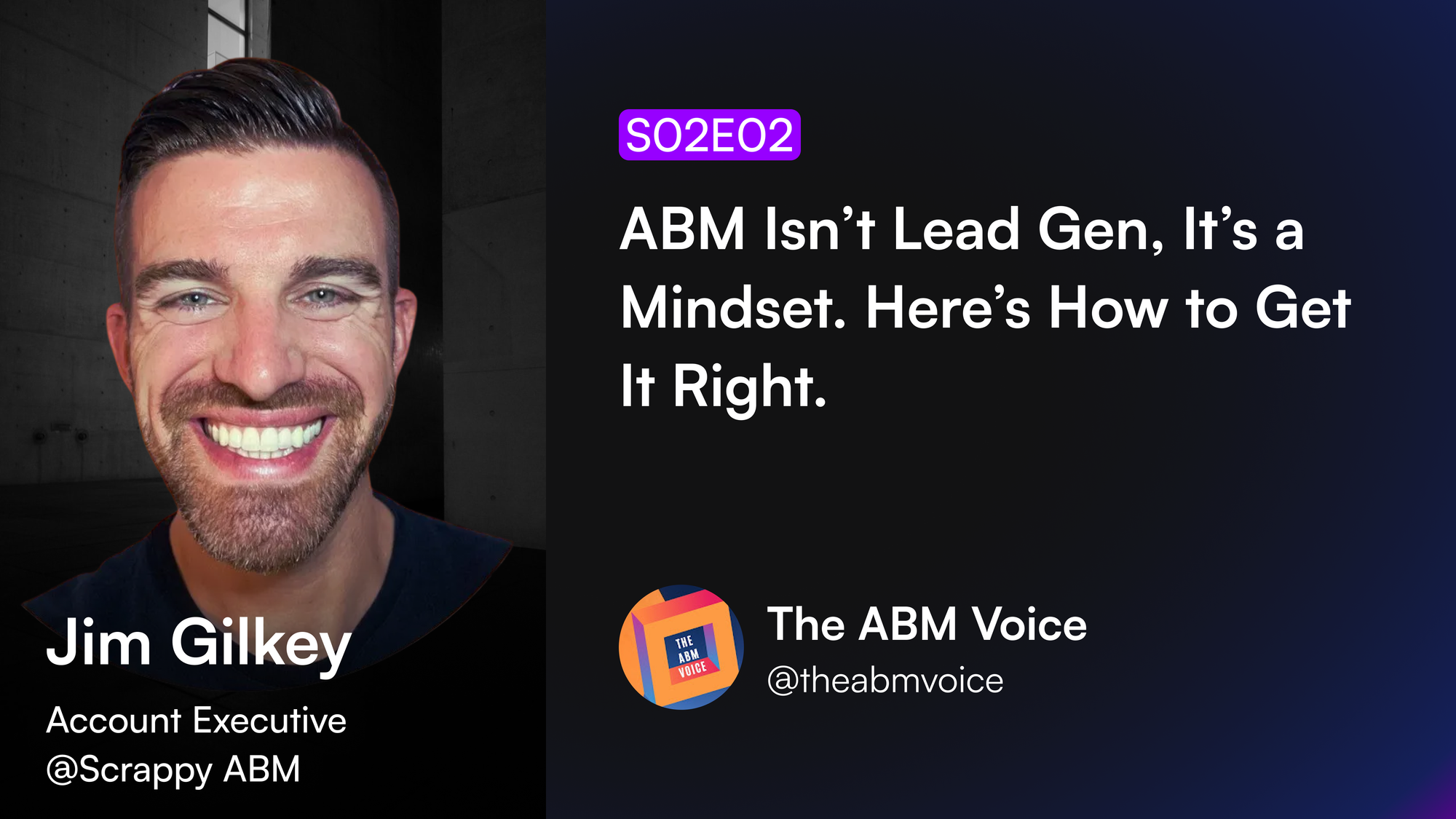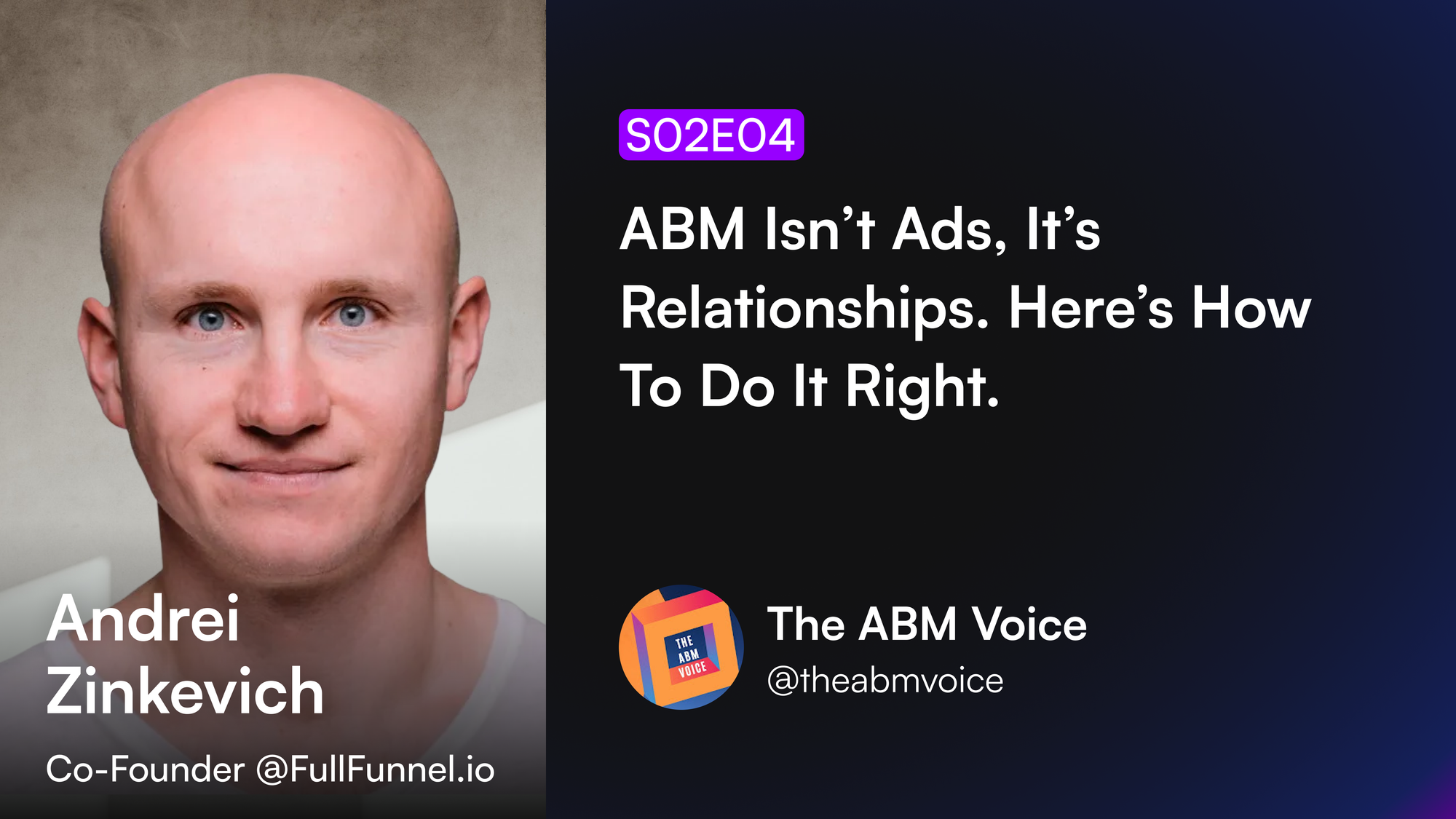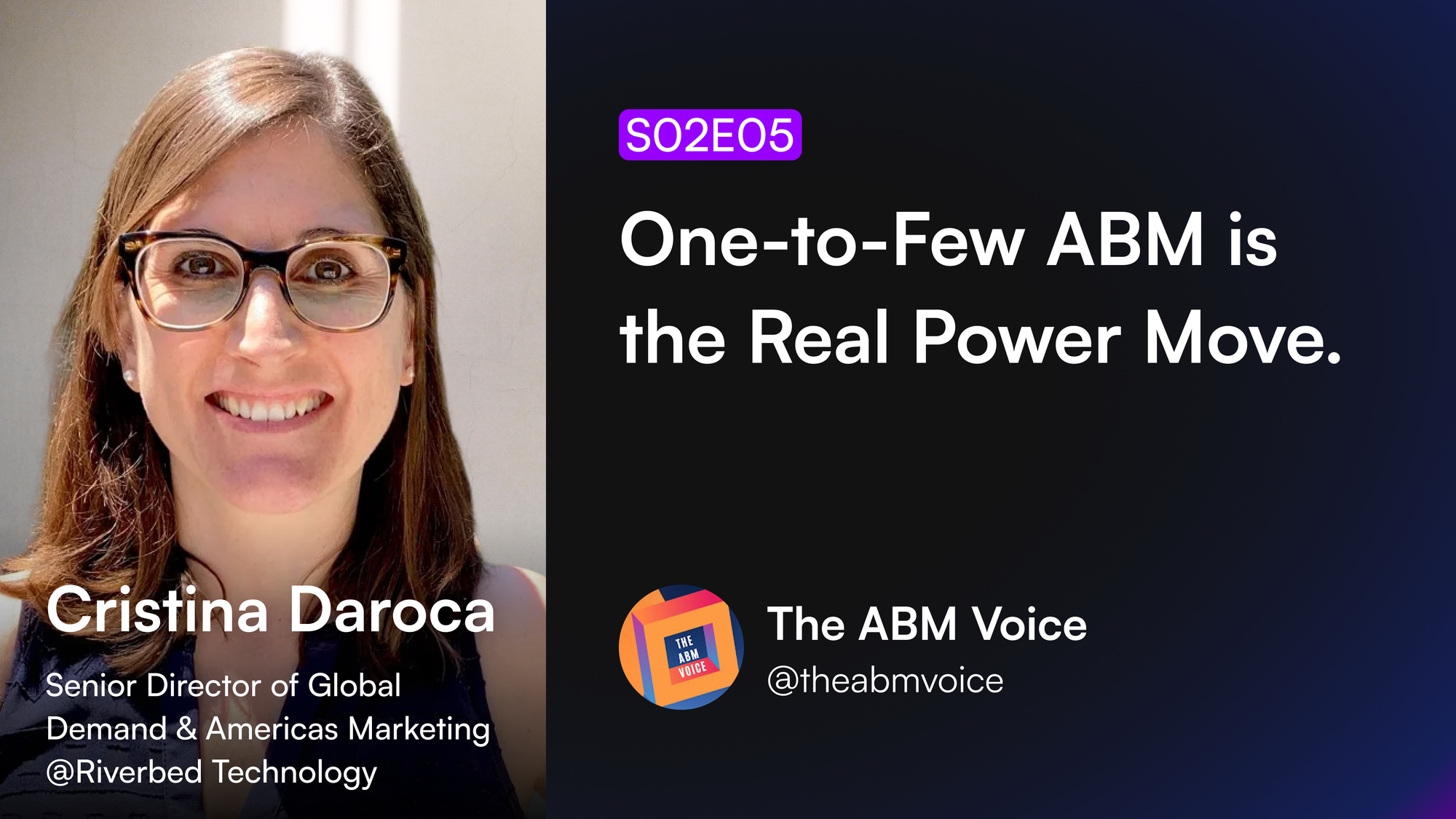“Content builds relationships. Relationships are based on trust. Trust drives revenue.” Andrew Davis
Content is perhaps the only way to articulate value to your targeted audiences, and value is what will break through the noise. While marketers have been aware of the importance of content in their campaigns, the role of content in ABM becomes even more pronounced. Whether you are just embarking on your ABM journey or have an ongoing program, a solid content strategy is pivotal to achieving your goals.
ABM programs require personalised content in various formats, for different channels, and various customer lifecycle stages. Hence a scalable content production strategy should be top of mind for every ABM marketer.
Here are a few ways you can create scalable, personal, and relevant content to engage your target audiences:
Research
For ABM to work, a deep understanding of your target accounts is critical as your audience is a specific group of people within your target accounts. Good content strategy starts by responding to behaviors, challenges, opportunities of your audience in a way it is most appropriate to them.
You may find that within each target account that you have a few different types of audiences—executives, practitioners, technical folks, and users. Identifying the needs of each of these personas and a trend across your target accounts becomes the starting point to establish a solid content strategy.
Framing persona-centric questions, such as the below enables you to create engaging content.
- Who are the Users, influencers, and buyers (decision-makers)?
- What are their pain points?
- What medium do they like to consume their content? (Offline/Online)
- What type of content does my audience prefer.
Baseline
Producing original content is both resource-intensive and time taking. So before you start investing in brand new content, it is highly recommended to audit your existing assets. Start by reviewing your existing content and identify those that fit your ABM campaigns. It includes your previously published blogs, marketing & sales collaterals, client presentations, newsletters, emails, eBooks, videos, social media posts, podcasts, ad copies, creatives, user documentation, support materials, infographics, etc.
Catalog each content based on metadata such as the date created, applicability, funnel stage - early-, mid-, or late-, engagement details, and other information. It will help you identify content that resonates with your target audiences and those that need an update or retire. Essentially this exercise will help you to establish a baseline.
Content strategy
Now that you know who your audiences are and what content you have in your possession, you need a develop a content strategy to power your ABM. You will have to map out audience attributes, behaviors, understand your existing assets, and create a plan.
The best way to approach the exercise is to use a framework like the one below.

This framework will help you identify the content gaps and the requirements for new content to reach your target audience across their buying journey.
Content Personalization
Your ABM plays could be one of the various types - 1:1, 1:Few, 1:Many; and each play requires different levels of personalised content.
One-to-one ABM: This type of ABM requires highly personalized content where you are targetting a handful of high-value accounts. It requires deep research of the target accounts and the audience you are trying to reach and then use the insight collected to build content specifically for them.
One-to-few ABM: For this type of ABM, you will have to customize content and messaging for groups of accounts that share similar business attributes. It could be for Accounts from a specific region, vertical, domain, or any other theme.
One-to-many ABM: In this type of ABM you will create micro-segments with audience attributes and develop content that appeals to the segments. You can create segments based on account roles, functions, seniority, etc.
Content repurposing
If you have enough content in your repository, you should be able to meet a significant portion of your new content requirement just by merely repurposing the existing content. For instance, a well-received social media post can be converted into a blog with a few minor modifications. Similarly, a webinar recording can be split into bite-sized video clippings. You could compress a long-form article and turn it into an interesting infographic. A whitepaper created for a practitioner can be tweaked to target an executive.
There are different ways to repurpose your content that speaks to your audiences. However, you should also create fresh content regularly to fulfill your audience's interest. By adopting a dual approach, you can meet your content requirements for your ABM needs.
When you produce any new content, keep the repurposing goal in mind.
Quality
Content for the sake of content doesn't move the needle. Only quality work will. Avoid typos, grammatical errors, dormant links, incorrect references, plagiarism, or superficial content. Make your content worth consuming and put out as much effort as you reasonably can to create value for your readers.
Scaling
Hyper-personalized content is hard to develop. However, tools like Recotap's Smart Pages and Ad-ninja can help you create a dynamic content experience for your audience. It could be for personalizing your landing pages or digital ads that target an individual on the account.
Conclusion
Like anything in marketing, you must be willing to iterate content by testing and making appropriate changes. If an asset fails to drive engagements, try with something else. The best ABM programs adapt to your target accounts’ needs and consistently deliver value.
Need help? Book a Free Consultation.














